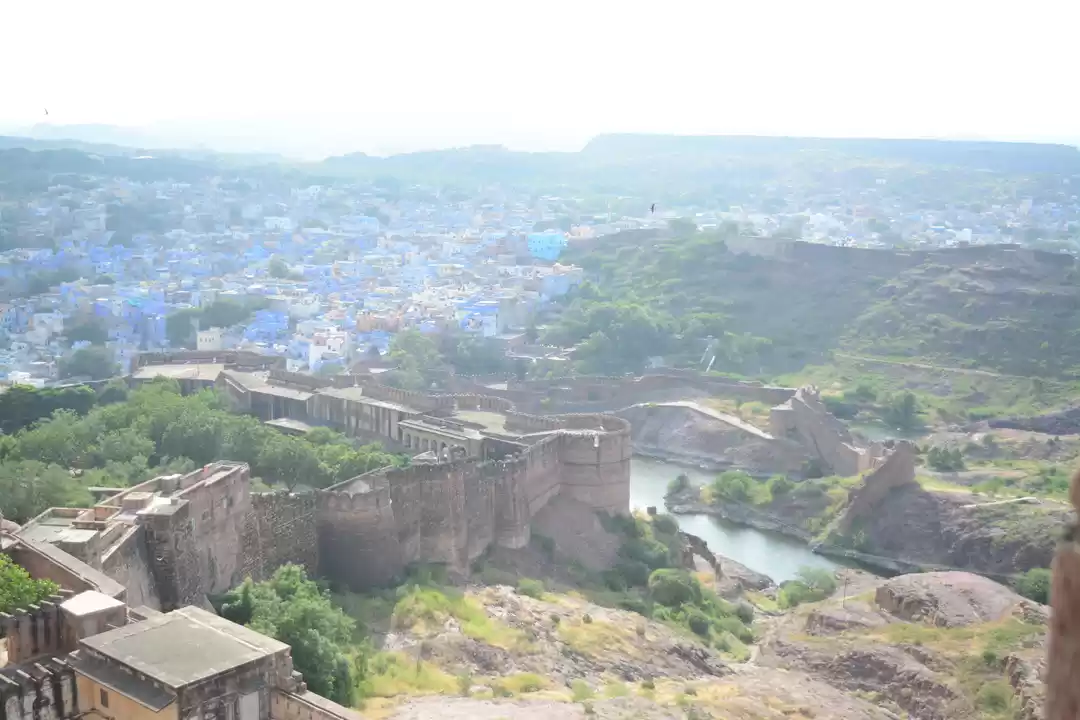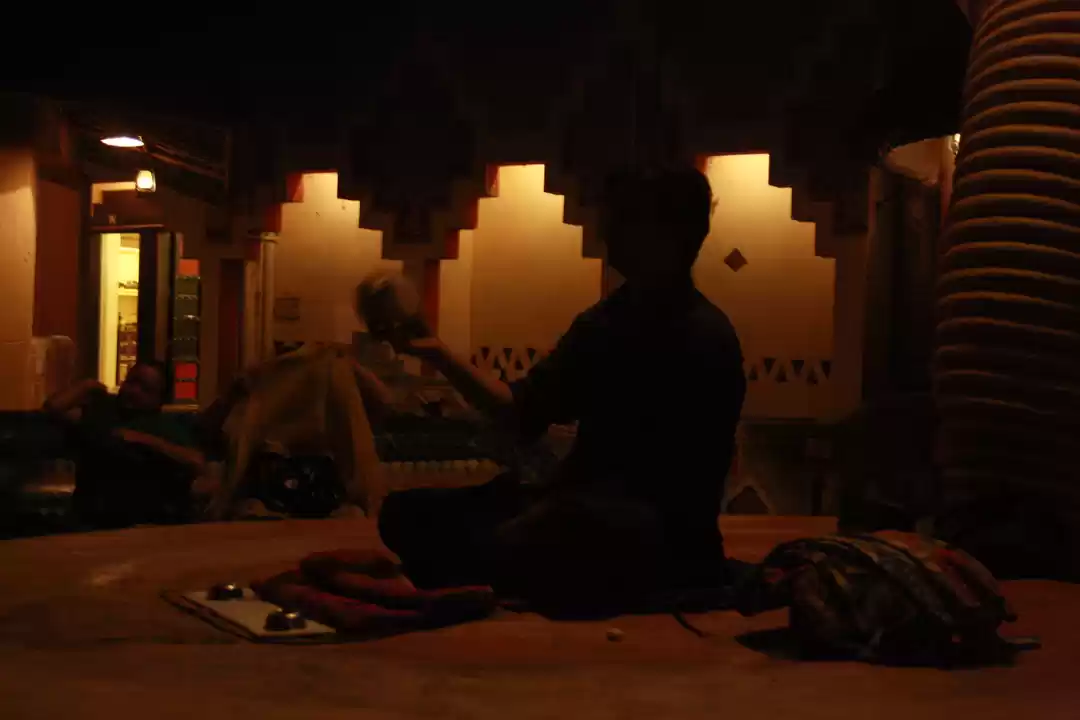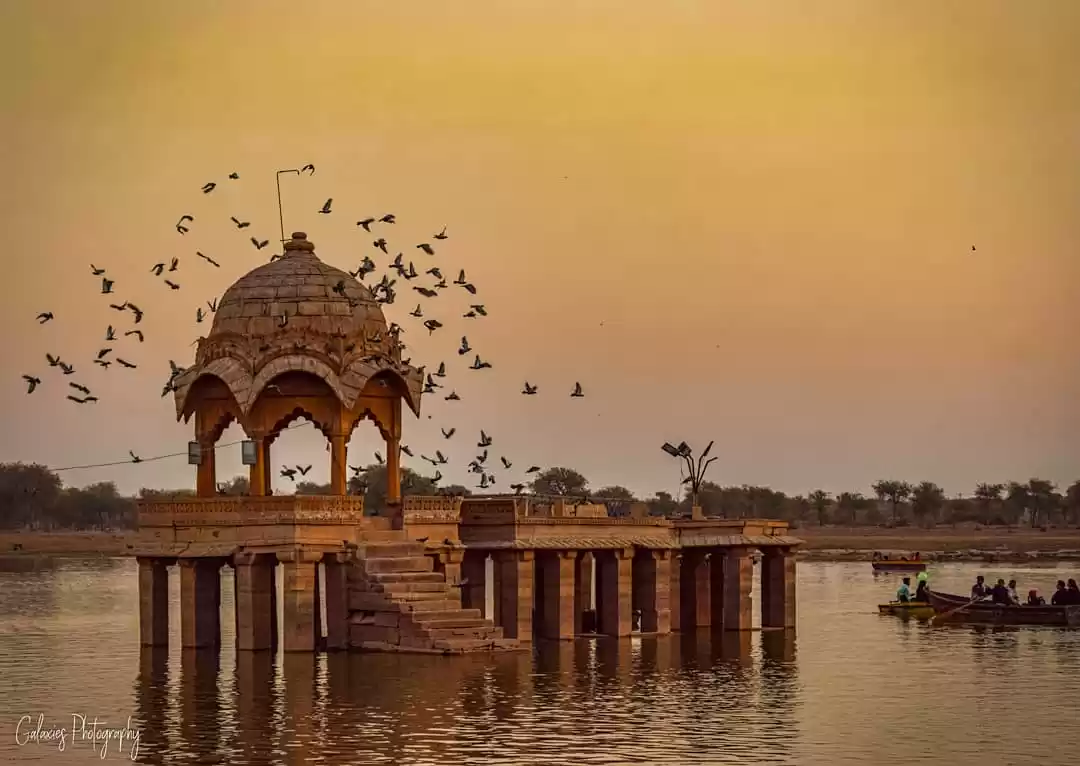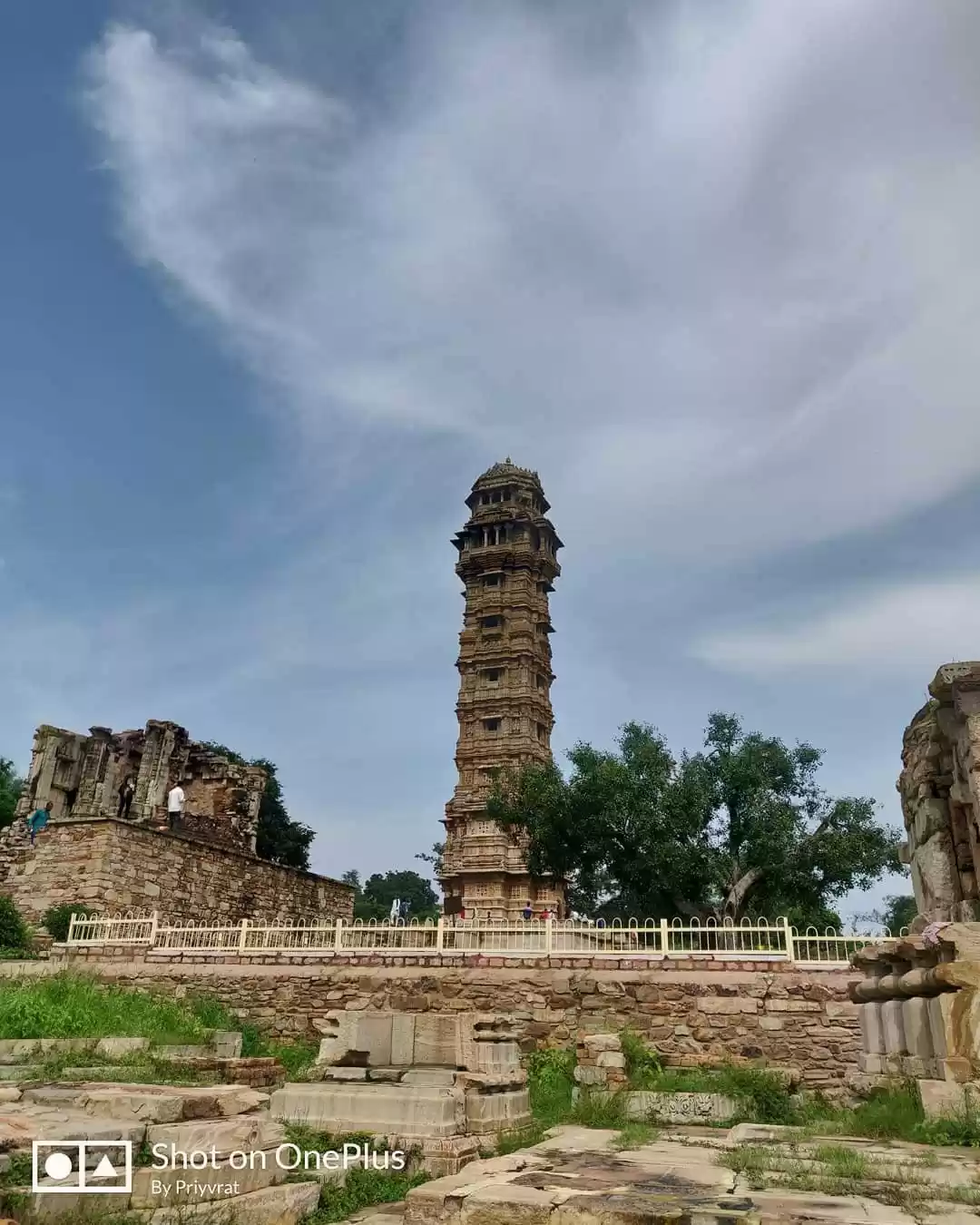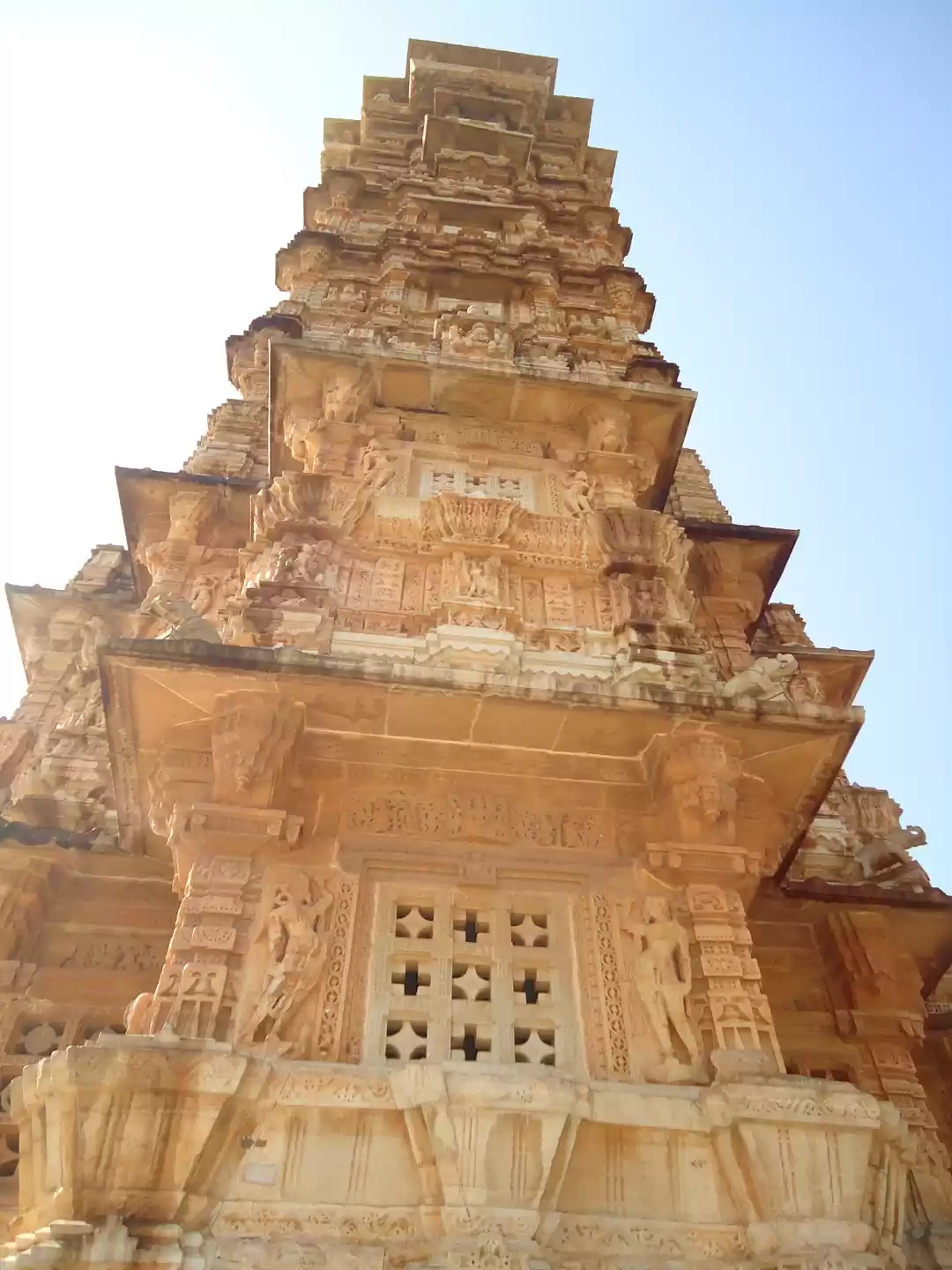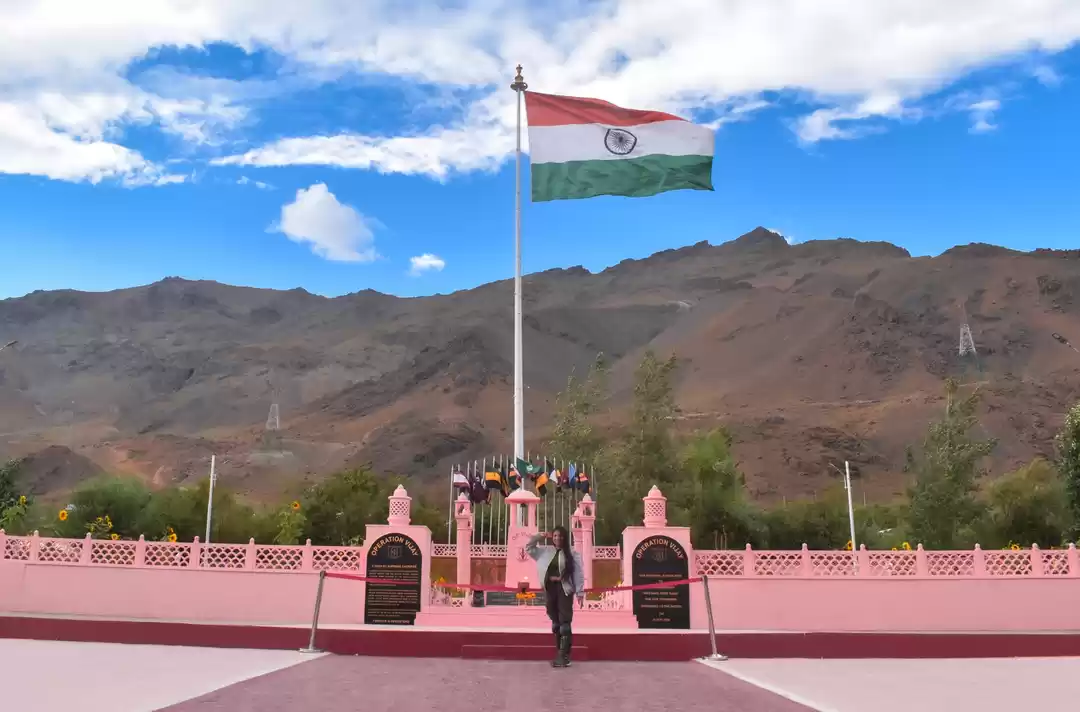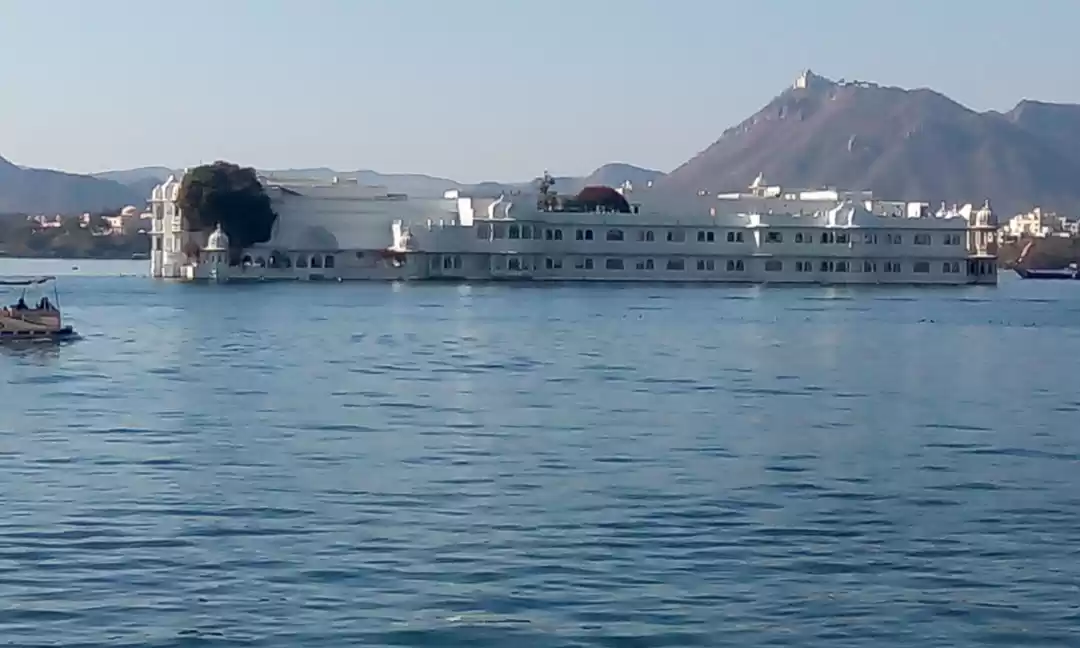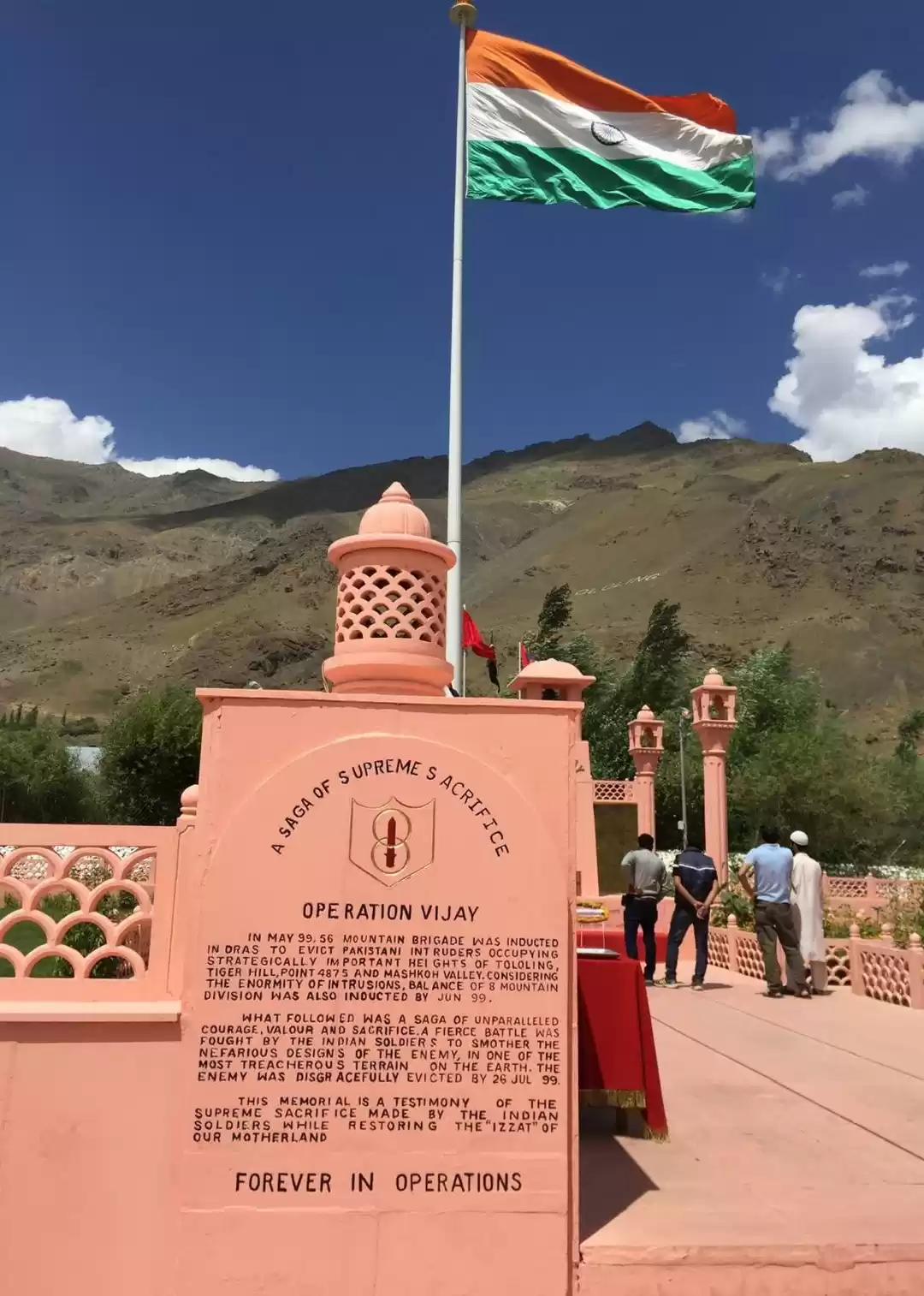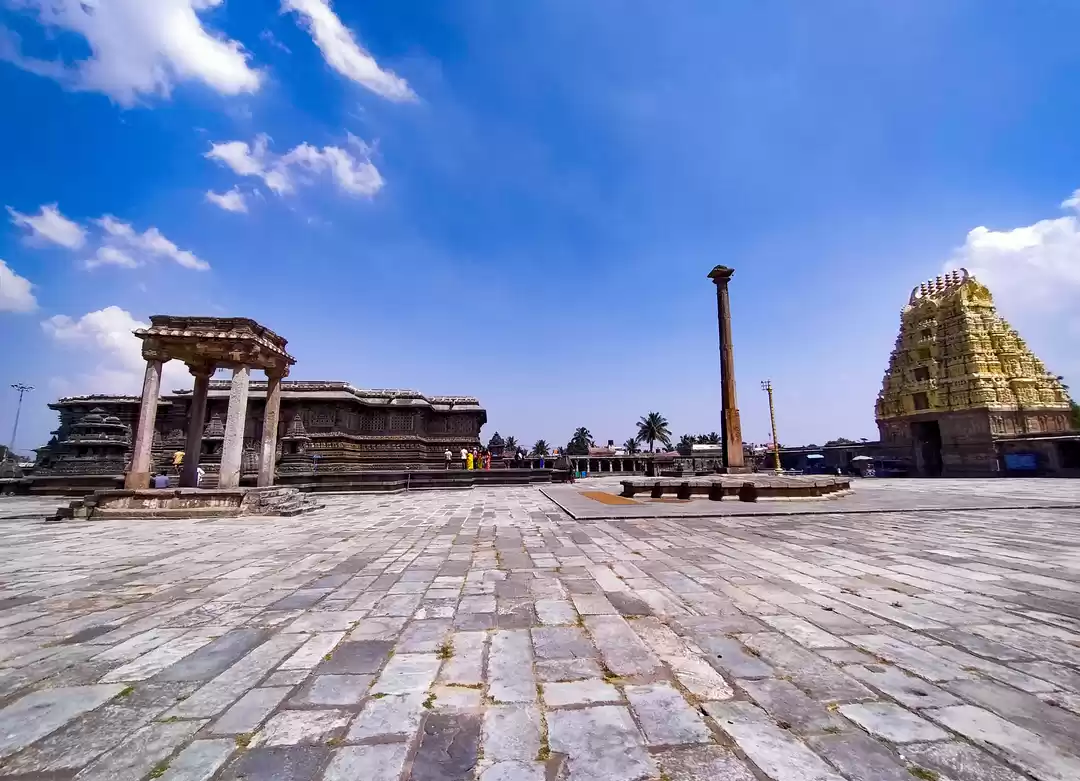Vijay Stambh Chittorgarh, also known as Victory Tower, is a magnificent monument that stands tall and proud in the heart of the Chittorgarh Fort, the largest fort in India. Built by the king of Mewar, Rana Kumbha, to commemorate his victory over the invaders from Malwa and Gujarat in 1448, this tower is a testimony of the courage and glory of the Rajput rulers.
With its intricate carvings, sculptures, and religious symbols, Vijay Stambh Chittorgarh is not only a stunning piece of architecture but also a reflection of the cultural diversity and harmony of Rajasthan.
If you are looking for a place that combines history, culture, and beauty, then Vijay Stambh Chittorgarh is a must-visit attraction for you.
How to Reach Vijay Stambh Chittorgarh
Vijay Stambh Chittorgarh is located within the Chittorgarh Fort, which is about 3 km from the main city of Chittorgarh. You can reach Chittorgarh by road, rail, or air from different cities of India. The nearest airport is Udaipur Airport, which is about 90 km away. You can take a taxi or a bus from the airport to reach Chittorgarh.
The nearest railway station is Chittorgarh Railway Station, which is well-connected to major cities like Delhi, Jaipur, Mumbai, Ahmedabad, etc. You can take an auto-rickshaw or a taxi from the station to reach the fort.
You can also drive to Chittorgarh by taking the NH 76 or NH 79 from Udaipur, Jaipur, or Kota.
Once you reach the fort, you can either walk or take an electric vehicle to reach Vijay Stambh Chittorgarh. The tower is situated near the main entrance of the fort and is easily visible from any part of the fort.

Timings and Entry Fee of Vijay Stambh Chittorgarh
Vijay Stambh Chittorgarh is open for visitors from 8:00 AM to 6:00 PM every day. The entry fee for Indian nationals is Rs. 15 per person and for foreign nationals is Rs. 200 per person. You can also buy a composite ticket for Rs. 50 per person that includes entry to all the monuments within the fort. You can also hire a guide for Rs. 200 to Rs. 300 per hour to learn more about the history and significance of the tower and the fort.
Architecture and Design of Vijay Stambh Chittorgarh
Vijay Stambh Chittorgarh is a masterpiece of Rajput architecture that showcases the skill and craftsmanship of the medieval artisans. The tower is made of red sandstone and white marble and has a height of 122 feet. It has nine stories that are accessible by a narrow staircase of 157 steps. Each story has a balcony that offers a splendid view of the fort and the city.
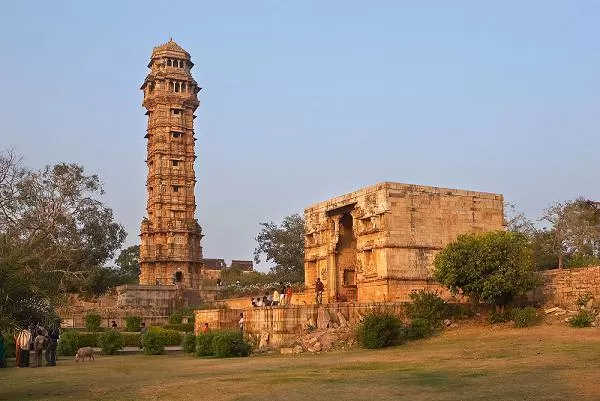
The tower is adorned with intricate carvings and sculptures of Hindu gods and goddesses, such as Vishnu, Brahma, Shiva, Ganesha, Durga, etc. The carvings also depict scenes from Hindu epics like Ramayana and Mahabharata, as well as legends and stories of Rana Kumbha and his ancestors. The tower also has inscriptions in Sanskrit and Devanagari scripts that praise Rana Kumbha and his achievements.
The most remarkable feature of Vijay Stambh Chittorgarh is its religious pluralism that reflects the tolerance and respect of Rana Kumbha for different faiths. The tower is dedicated to Lord Vishnu, the supreme deity of Hinduism, but it also has images of Padmavati, a Jain goddess who is revered by both Jains and Hindus. Moreover, the tower has carvings of Allah in Arabic script on its third and eighth stories, which indicate that Rana Kumbha had employed Muslim craftsmen to work on his tower.
You may also like to read: Chittorgarh Fort- a Historic Citadel of Warriors like Maharana Pratap, Now the Epitome of Bravery
Religious Pluralism of Vijay Stambh Chittorgarh
Vijay Stambh Chittorgarh is not only a symbol of victory but also a symbol of harmony and coexistence among different religions in Rajasthan. The tower showcases the religious pluralism that was practised by Rana Kumbha and his predecessors in Mewar.
Rana Kumbha was a devout Hindu who worshipped Lord Vishnu and built many temples in his kingdom. However, he was also tolerant and respectful of other faiths, especially Jainism and Islam. He patronized Jain scholars and monks and granted them land and protection. He also employed Muslim craftsmen and architects to work on his monuments and allowed them to carve their religious symbols on his tower.
Rana Kumbha’s religious pluralism was inherited from his ancestors, who were also known for their liberal and inclusive policies. For instance, Rana Hammir, the founder of the Mewar dynasty, was a Hindu who married a Muslim princess and had a son who became a Jain. Rana Kshetra Singh, the grandfather of Rana Kumbha, was a Hindu who built a mosque for his Muslim subjects and donated land for a Jain temple.
Vijay Stambh Chittorgarh is a testimony of the rich and diverse culture of Rajasthan that celebrates the unity in diversity of India.
View from Vijay Stambh Chittorgarh
One of the main attractions of visiting Vijay Stambh Chittorgarh is the panoramic view that it offers from its balconies. You can climb up to the top of the tower and enjoy the breathtaking view of the fort and the city. You can see the majestic palaces, temples, lakes, gardens, and markets that make up the fort complex. You can also see the surrounding hills, fields, and villages that add to the beauty of the landscape.
The view from Vijay Stambh Chittorgarh is especially mesmerizing during sunrise and sunset, when the sky changes its colors and casts a magical glow on the tower and the fort. You can also witness the light and sound show that is held every evening at the fort, which narrates the history and legends of Chittorgarh through music, narration, and illumination.
Other Attractions To Visit Nearby
some of the other tourist attractions near Vijay Stambh that you can visit:

Chittorgarh Fort:
This is the largest and most famous fort in India, where Vijay Stambh is located. The fort has many other monuments, palaces, temples, and lakes that showcase the history and culture of Rajasthan. You can explore the fort by walking or taking an electric vehicle. The fort also hosts a light and sound show every evening that narrates the legends and stories of Chittorgarh.
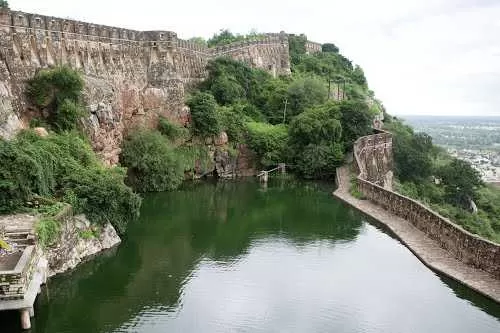
Maha Sati:
This is a sacred place where the wives and daughters of the Rajput warriors performed jauhar (self-immolation) to protect their honour from the invaders. The place has a temple dedicated to Goddess Sati and a memorial with statues of the brave women who sacrificed their lives.
Gau Mukh Kund:
This is a natural spring that emerges from the mouth of a cow-shaped rock. The water is considered holy and is used for rituals and ceremonies. The spring also provides a scenic view of the fort and the city.

Rana Kumbha’s Palace:
This is the palace where Rana Kumbha lived and ruled. It is also the place where Rani Padmini performed jauhar with other women. The palace has a beautiful architecture and design, with courtyards, gardens, temples, and stables.
Kirti Stambh:
This is another tower in the fort that was built by a Jain merchant in the 12th century. It is dedicated to Adinath, the first Jain Tirthankar. The tower has seven stories and is decorated with carvings of Jain monks and deities.
Kalika Mata Temple:
This is an ancient temple that was originally dedicated to Surya, the sun god, but was later converted into a temple of Kalika Mata, a form of Goddess Durga. The temple is one of the most revered places in Chittorgarh and attracts many devotees.

Bassi Wildlife Sanctuary:
This is a wildlife sanctuary that is about 25 km from Chittorgarh. It is home to many animals and birds, such as panthers, wild boars, antelopes, peacocks, partridges, etc. You can take a safari or a trek to explore the sanctuary.
You may also like to read: Royal ride to Rajasthan's pride "Chittorgarh Fort"
Vijay Stambh Chittorgarh is a magnificent monument that represents the history, culture, and heritage of Rajasthan. It is a must-visit attraction for anyone who wants to experience the glory and grandeur of the Rajput rulers and their legacy.
If you are planning to visit Chittorgarh, then make sure to include Vijay Stambh Chittorgarh in your itinerary. Happy Travels!


